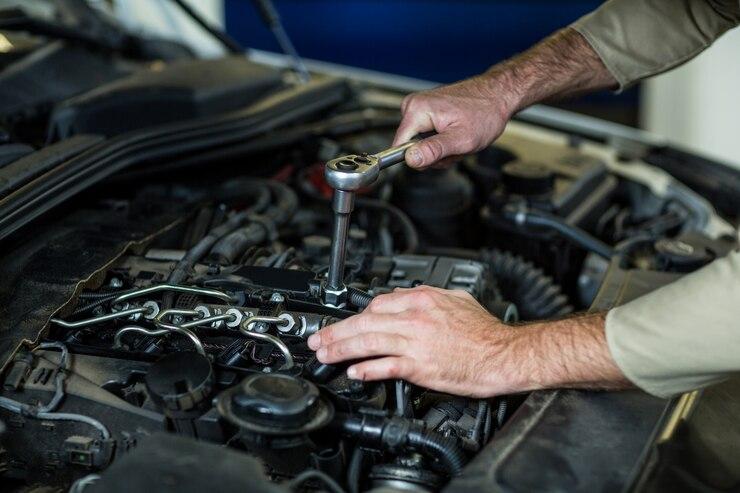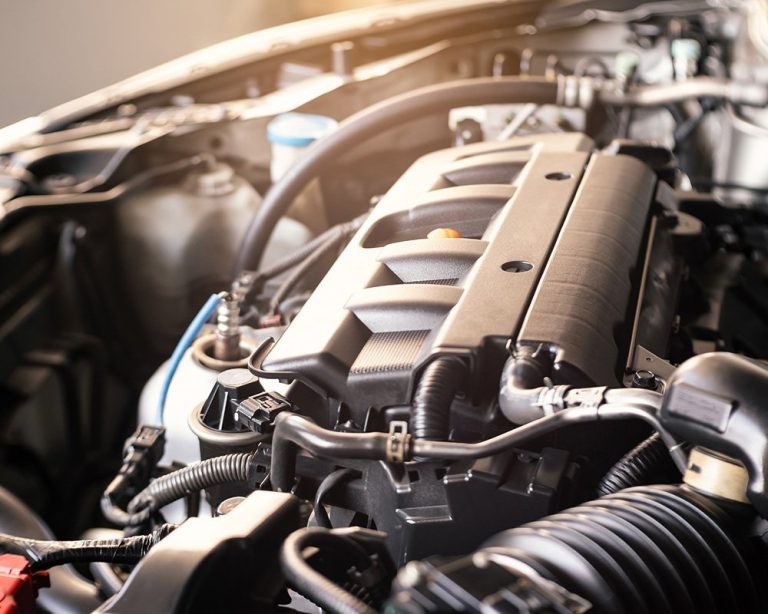You Can’t Just Pick Any Mechanic
If you’ve worked in this field or owned a diesel truck for more than a month, you already know this.
Not all shops are built the same.
Some rush jobs. Others guess instead of diagnose. And a lot simply aren’t equipped to handle serious diesel issues.
That’s exactly why I’m writing this.
When I look at what makes a reliable shop worth recommending, I’m looking at three things:
Depth of knowledge, quality of work, and consistency across vehicle types.
And based on everything I’ve seen, Power Train Plus checks all three boxes without hesitation.
If you’re trying to find reliable Bozeman mechanics, this is the first place I’d suggest looking.
Let me break it down.
Diesel Work Requires More Than Just a Lift and a Wrench
Here’s where most general shops fall flat.
They’ll tell you they “do diesel,” but what that really means is they’ll take your truck in and do what they can… unless it’s too much work. Then they’ll send you off to a specialist.
Power Train Plus doesn’t operate like that.
They’re actually set up for diesel diagnostics and repairs, with hands-on experience across Ford Power Stroke, GM Duramax, and Dodge/Ram Cummins platforms.
That’s a major advantage.
They’ve got the background and tech to run full diagnostics, tear down, rebuild, or upgrade these engines. No outsourcing, no waiting for someone else to figure it out.
They’ve also got fleet clients. And any shop running reliable service for fleets is a shop that knows how to keep vehicles running without excuses.
Their Performance Tuning Is Legit
This part impressed me more than I expected.
You’ll find a lot of shops that claim to do performance work, but very few with the setup Power Train Plus runs.
They’ve got a DynoJet 424X AWD dyno in-house.
For anyone not familiar, that’s a serious piece of tuning hardware. It handles vehicles up to 2,000hp and 200mph. That means real testing, real data, and real custom tuning.
If you’re doing anything that involves increased power output, custom builds, or even small tweaks to boost efficiency, this matters.
Too many people rely on canned tunes and guesswork. Here, they actually measure and dial in for your specific build.
Suspension and Alignment Work That’s Actually Accurate
If you’re running oversized wheels, modified suspension, or even just want to make sure your truck doesn’t chew through tires, alignment matters.
And I’m not talking about the kind of alignment you get from a tire chain.
Power Train Plus uses the Hunter Hawkeye Elite system. It’s the kind of setup that lets them calibrate stock and lifted setups with accuracy.
Whether it’s a street setup or a race-prepped vehicle, they’ve got the tools to dial it in.
You wouldn’t think alignment is something to look for in a diesel shop, but if you’re serious about handling and performance, it’s not optional.
Full-Service Approach Is a Big Plus
Here’s the thing.
Most people end up dealing with different places for different needs.
Oil changes somewhere cheap, performance work at a custom shop, then detailing at another location. That’s three different stops, and three different timelines.
Power Train Plus does it all.
General repair. Diesel work. Performance upgrades. Dyno tuning. Suspension alignment. Interior and exterior detailing. Even power sports mods for snowmobiles and side-by-sides.
That’s one of the main reasons I trust recommending them. You’re not bouncing around. You’re getting consistent work from one place with a solid reputation.
And for people running a business fleet, that’s even more valuable. Less downtime, fewer logistics, and one point of contact.
Why I Suggest You Give Them a Shot
I don’t write recommendations lightly.
There are plenty of shops in Bozeman and surrounding areas, and most of them are fine for the basics.
But if you care about getting quality work from experienced people, and not having to second guess the results, Power Train Plus is worth looking into.
I’ve looked at what they do, how long they’ve been doing it, and how they handle complex service.
From regular maintenance to advanced diagnostics, they’ve kept their operation sharp.
They’ve been around for decades, run by two generations of mechanics who actually live in the Gallatin Valley. They didn’t just open up shop recently because trucks are trending. They’ve been doing this for years.
That kind of long-term consistency matters more than hype.
If you’re local to the area, or even passing through with an issue, this is the kind of shop I’d feel comfortable pointing people toward.
They get the job done right, and they’re not trying to oversell or pad the bill with nonsense.
And that’s rare.
If you’ve been burned before by underqualified mechanics or shops that just aren’t equipped to handle your diesel, this is a safer bet.











